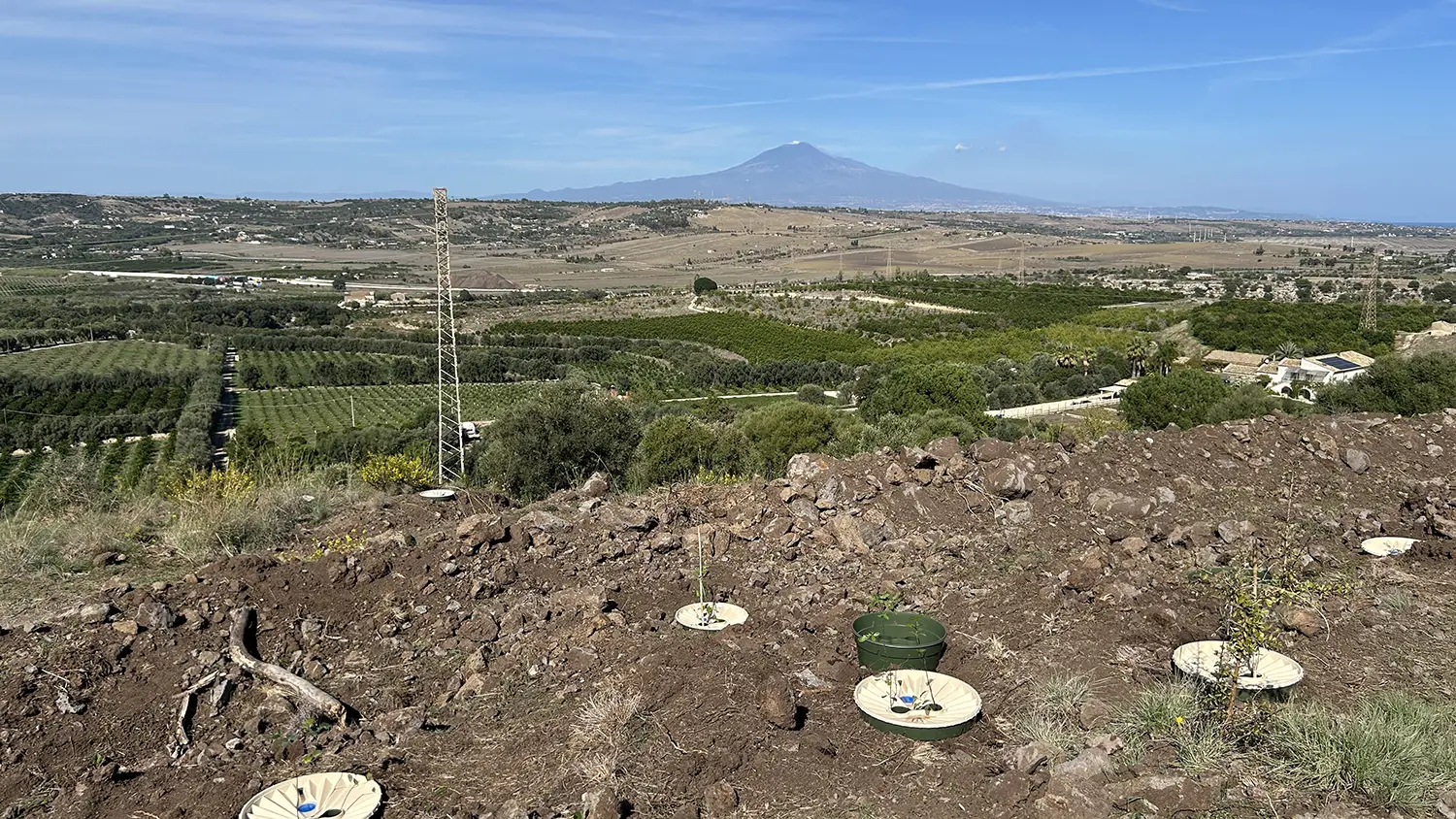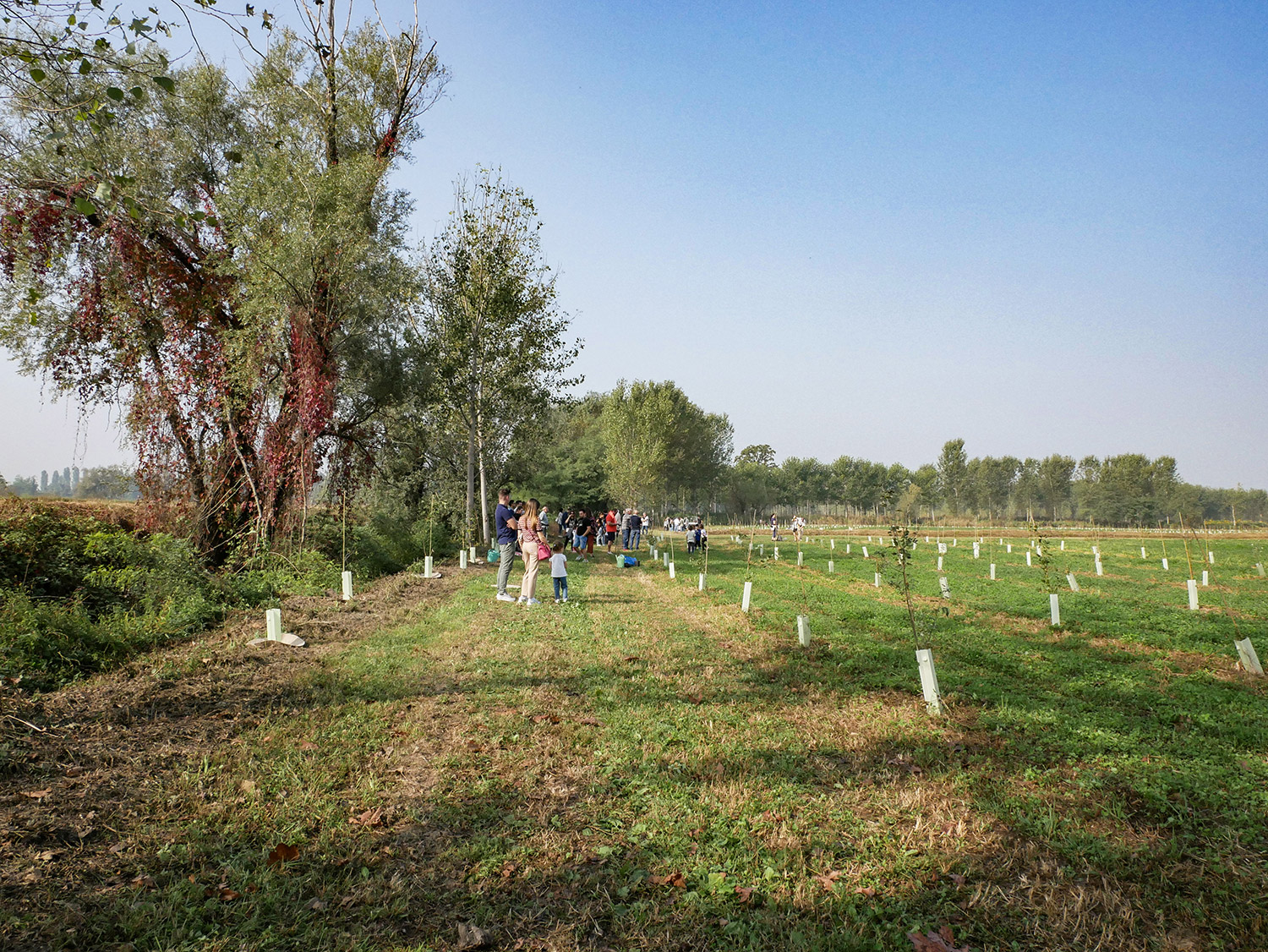
Foliage in Italy: the most beautiful woods and trees to discover in autumn
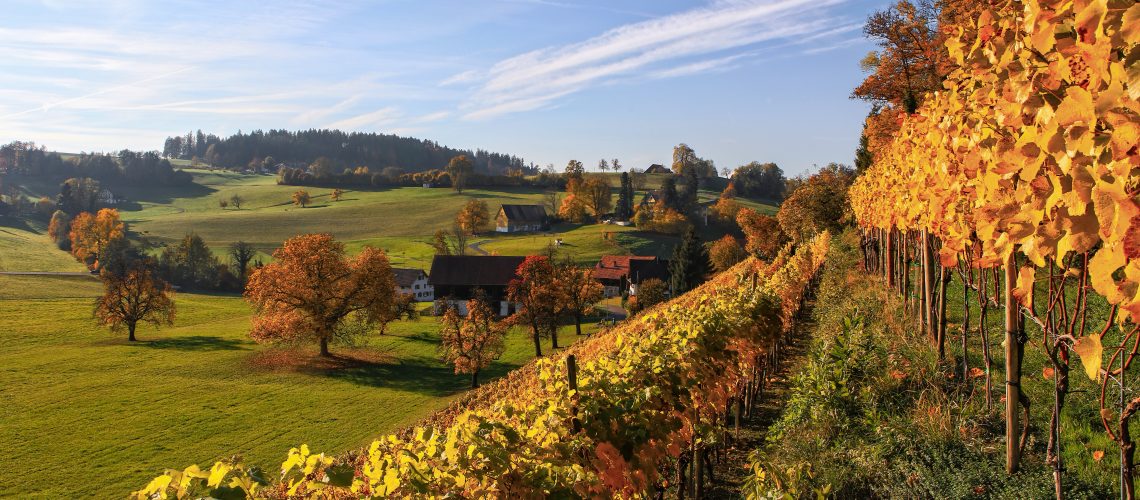
Autumn is the season that amazes us most of all: the woods light up with warm hues, the air becomes crisp and the leaves dance lightly before surrendering to the wind. It is the season of foliage, when trees and forests are transformed into living paintings, ideal for a weekend outdoors, enjoying walks and photography.
What is foliage and why do leaves change colour?
The term foliage refers to the natural phenomenon that occurs in autumn, when leaves change colour from green to shades of yellow, red and orange. This happens because chlorophyll, the pigment that gives leaves their green colour and captures sunlight, decreases as solar radiation decreases. This allows other natural pigments to emerge:
- carotenoids, which give yellow and orange hues;
- anthocyanins, which are responsible for the brightest reds and protect the leaves from UV rays.
When the life cycle ends, the leaves fall and turn into new organic matter, nourishing the soil and starting a new life cycle.
Where to admire the foliage in Italy
From Veneto to Piedmont, passing through Lombardy and Trentino, Italy offers wonderful places to observe this spectacle of nature up close.
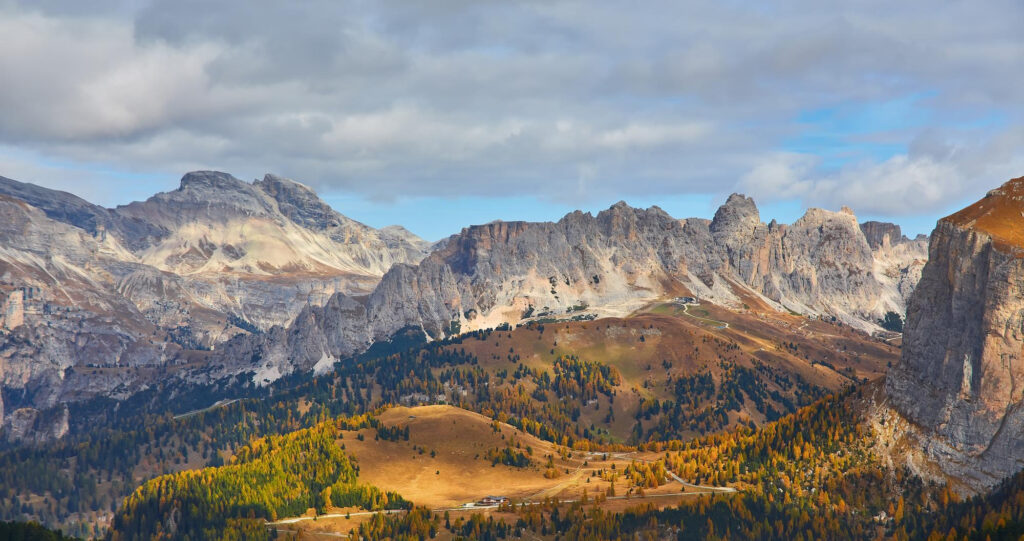
Cansiglio Plateau (Veneto)
At the foot of the Belluno Pre-Alps lies a vast plateau covered in beech and conifer trees, where the foliage turns colour between October and November. The paths through the woods offer breathtaking views, with the setting sun illuminating the copper-coloured foliage. It is a paradise for those who love photography and cycling.
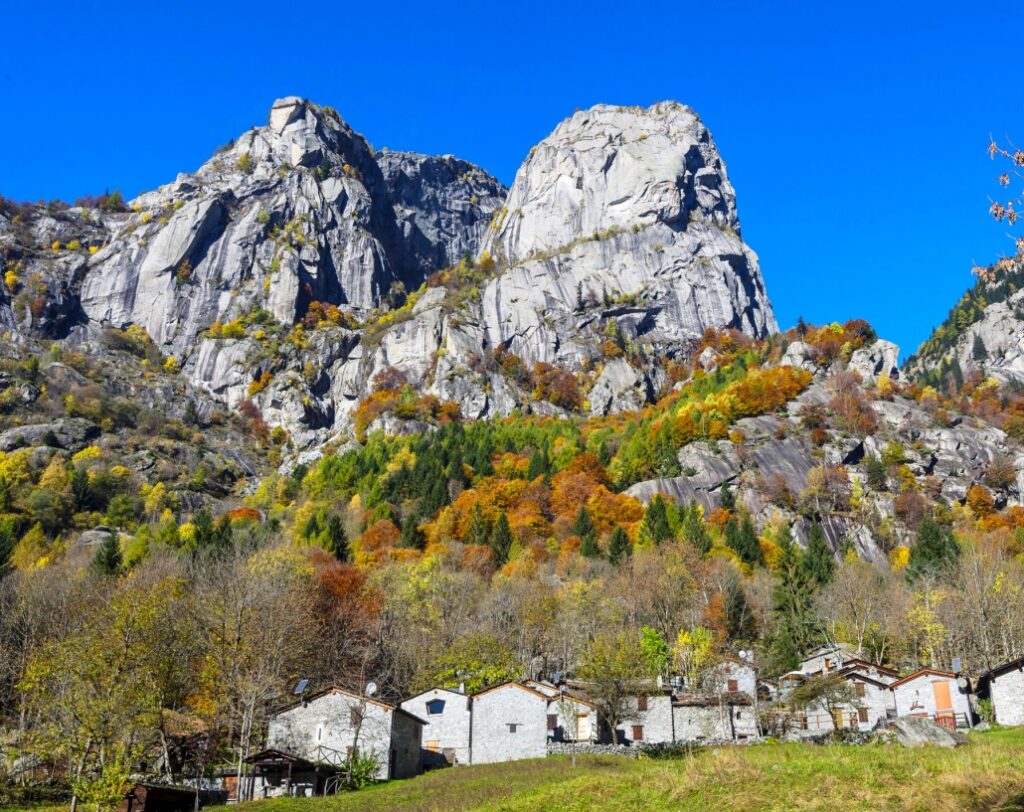
Foresta dei Bagni di Masino (Lombardy)
Amidst centuries-old beech trees and clear streams, Val Masino becomes an enchanted place in autumn. The atmosphere of the ancient thermal baths and the sound of water create the perfect setting to immerse yourself in the orange and golden tones of the season.
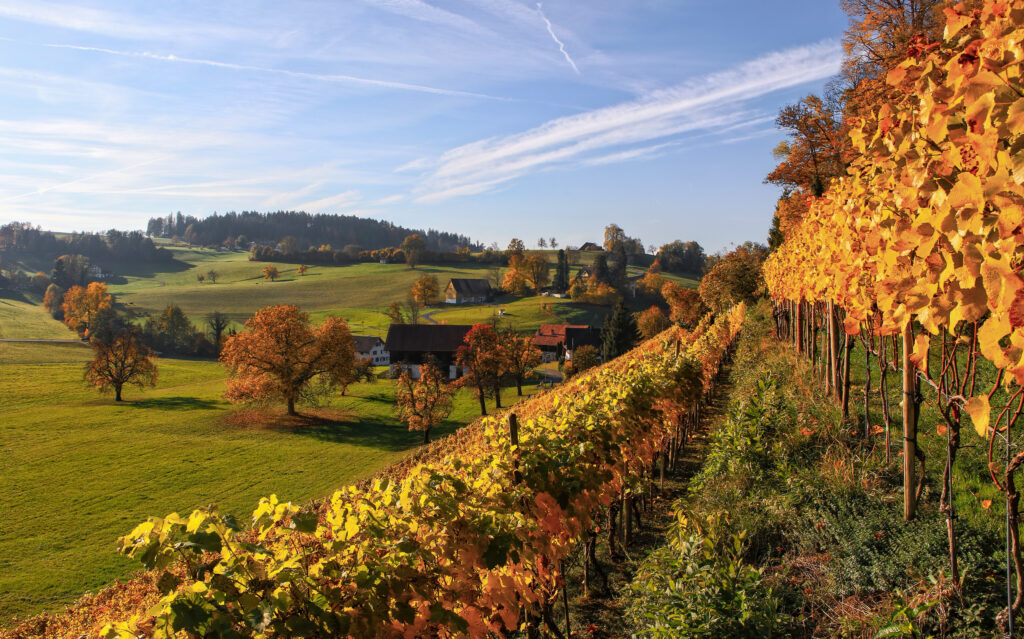
Langhe and Monferrato (Piedmont)
Hills, vineyards and medieval castles make Piedmont’s foliage a romantic experience. The rows of vines are tinged with gold and red, the autumn light enhances the landscape and the scent of must fills the air. It is the perfect time for an excursion combining nature and tradition.
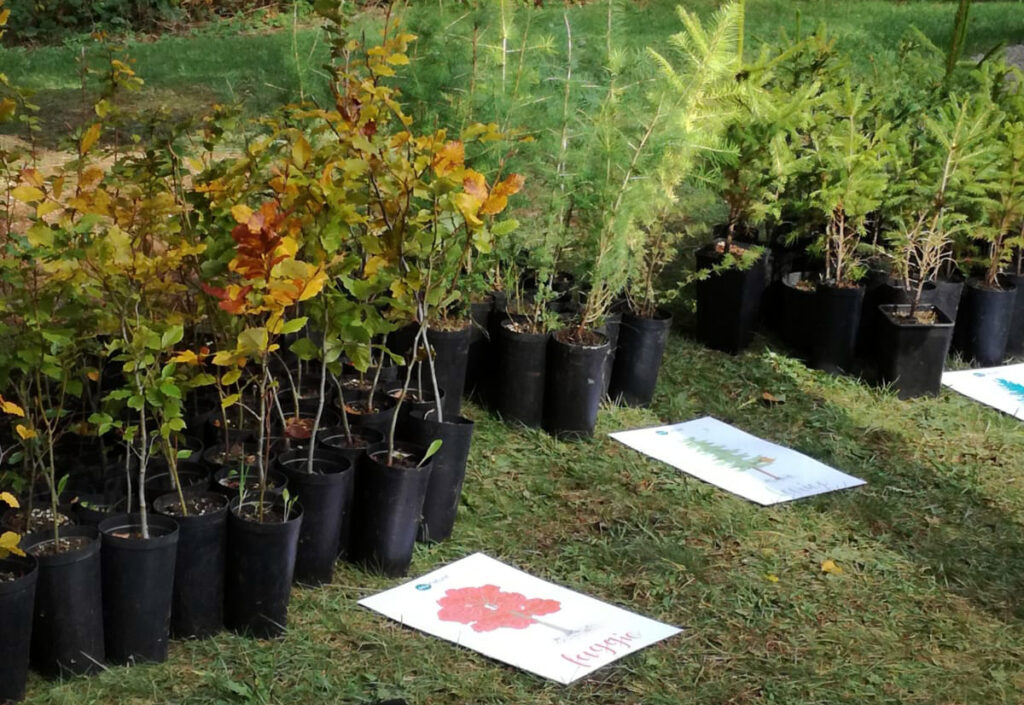
Val di Sella and Lake Tovel (Trentino-Alto Adige)
Among the most fascinating places to admire the foliage are Val di Sella, where Arte Sella blends contemporary art and nature, and Lake Tovel, which reflects the colours of the surrounding forests in autumn.
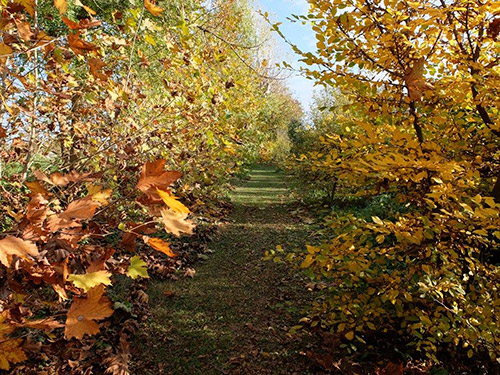
Foliage Train (Piedmont – Switzerland)
Those who prefer a slower pace can hop aboard the Foliage Train, which runs from Domodossola to Locarno: a 50 km journey through the Vigezzo and Centovalli valleys, where the mountains are painted in endless shades of colour.
Trees that symbolise foliage Each species offers a different colour, making every autumn landscape unique.
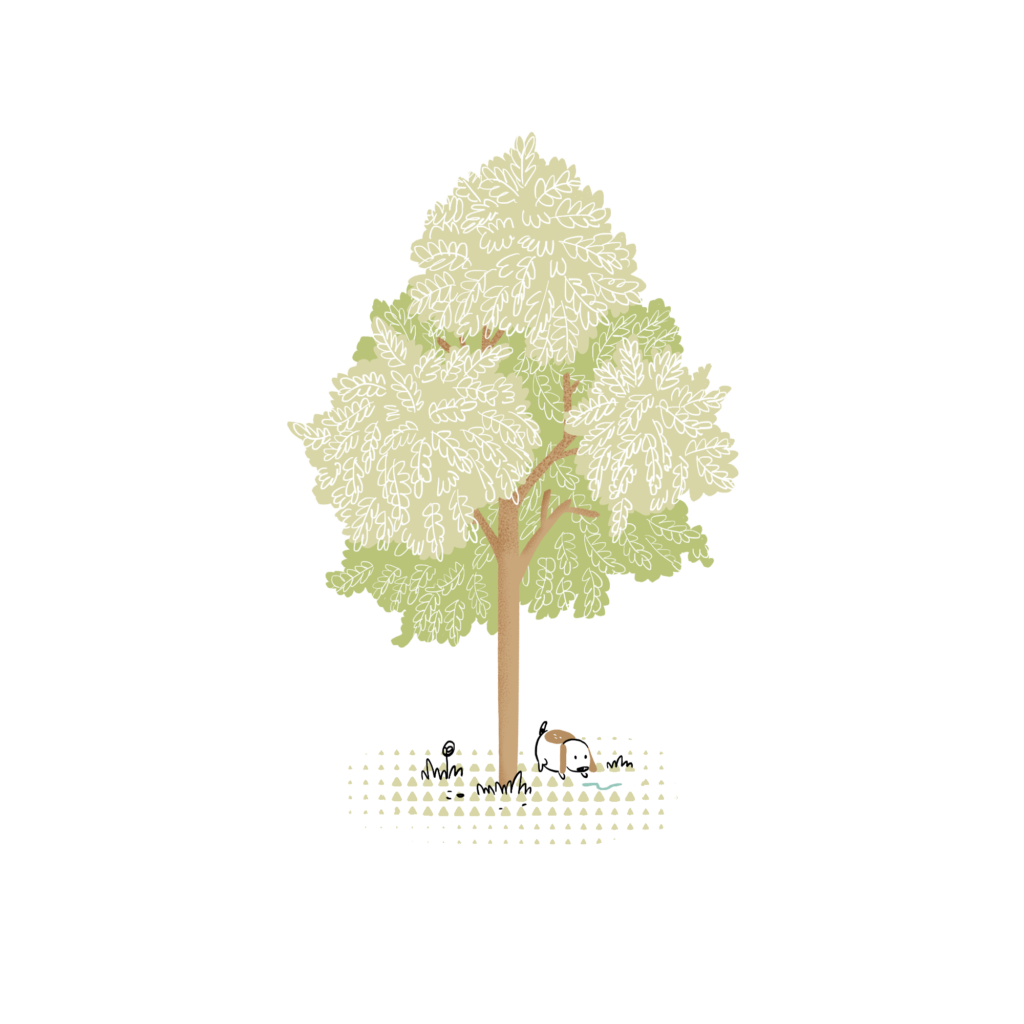
Ash tree
According to legend, Odin, the chief god of Norse mythology, created the first man from a piece of ash wood. Not a bad choice, considering that ash wood is one of the best woods in our region in terms of stability and elasticity, and has always been used to make bows.
Its leaves turn a beautiful golden yellow in autumn, adding a bright note to the characteristic landscapes. An interesting fact: manna is extracted from some species of ash tree, such as the frassinus ornus, which is also widespread in Italy. It is a sap obtained from the bark, used in confectionery as a sweetener, as well as in cosmetics and pharmaceuticals. The cultivation of manna ash trees, once more widespread, is now limited to certain areas of Sicily. Due to the gradual abandonment of this agricultural tradition, manna is now a rather expensive product.
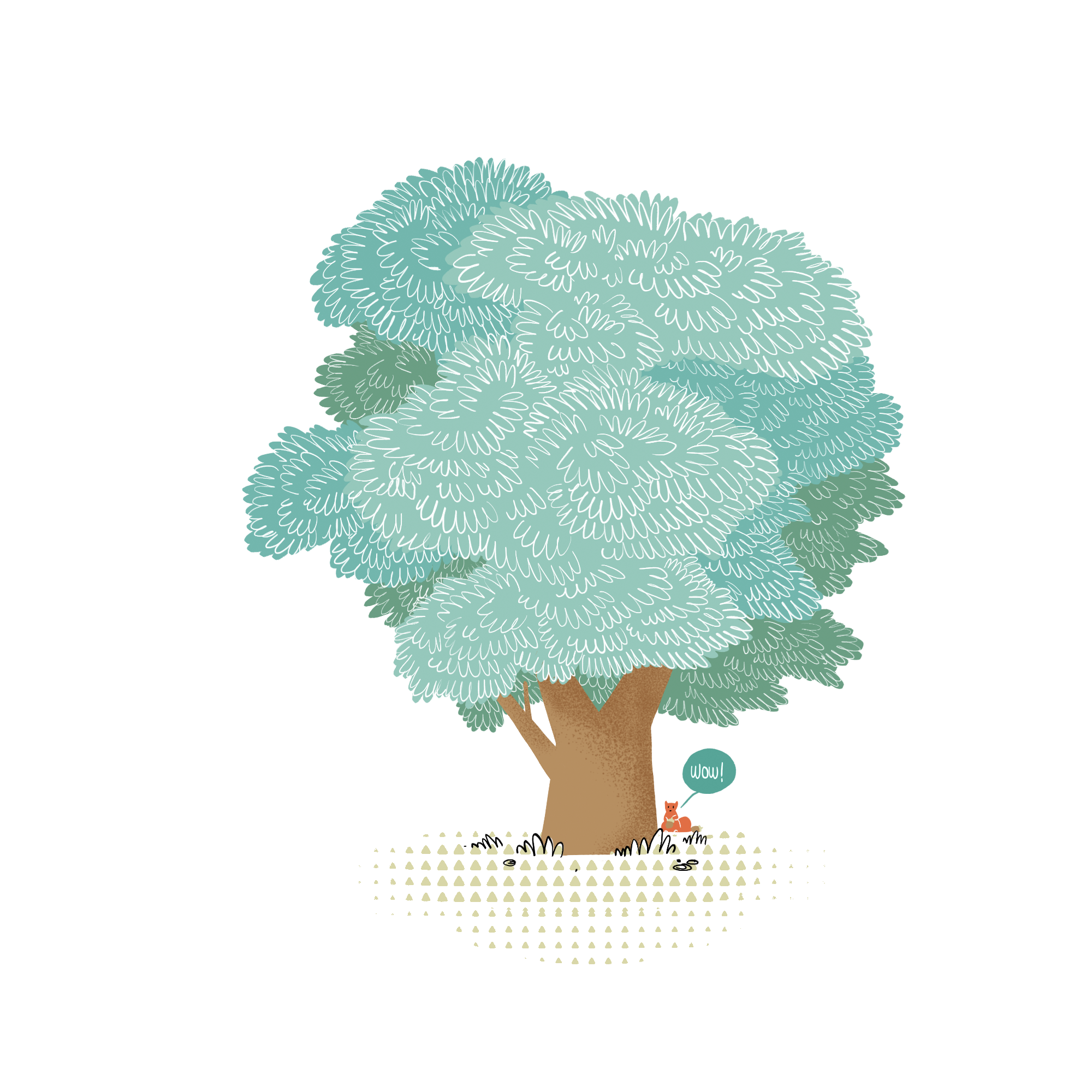
Oak
The quintessential ancient tree, symbol of strength for Indo-Europeans and sacred tree for Romans and Celts. The oak is one of the most beloved species in the collective imagination. Long-lived and resistant, this majestic tree also has healing, anti-inflammatory and analgesic properties.
Curiously, some species of oak, despite undergoing foliage change, do not lose their leaves until the arrival of spring, when they replace them with new ones. Legend has it that this characteristic has a supernatural origin. It is said that the devil asked the Lord to grant him at least one forest over which to reign. His request was granted on one condition: he would only have power during the period when all the leaves had fallen. The wise oak tree undertook to retain its foliage, so the devil never became master of the forest.
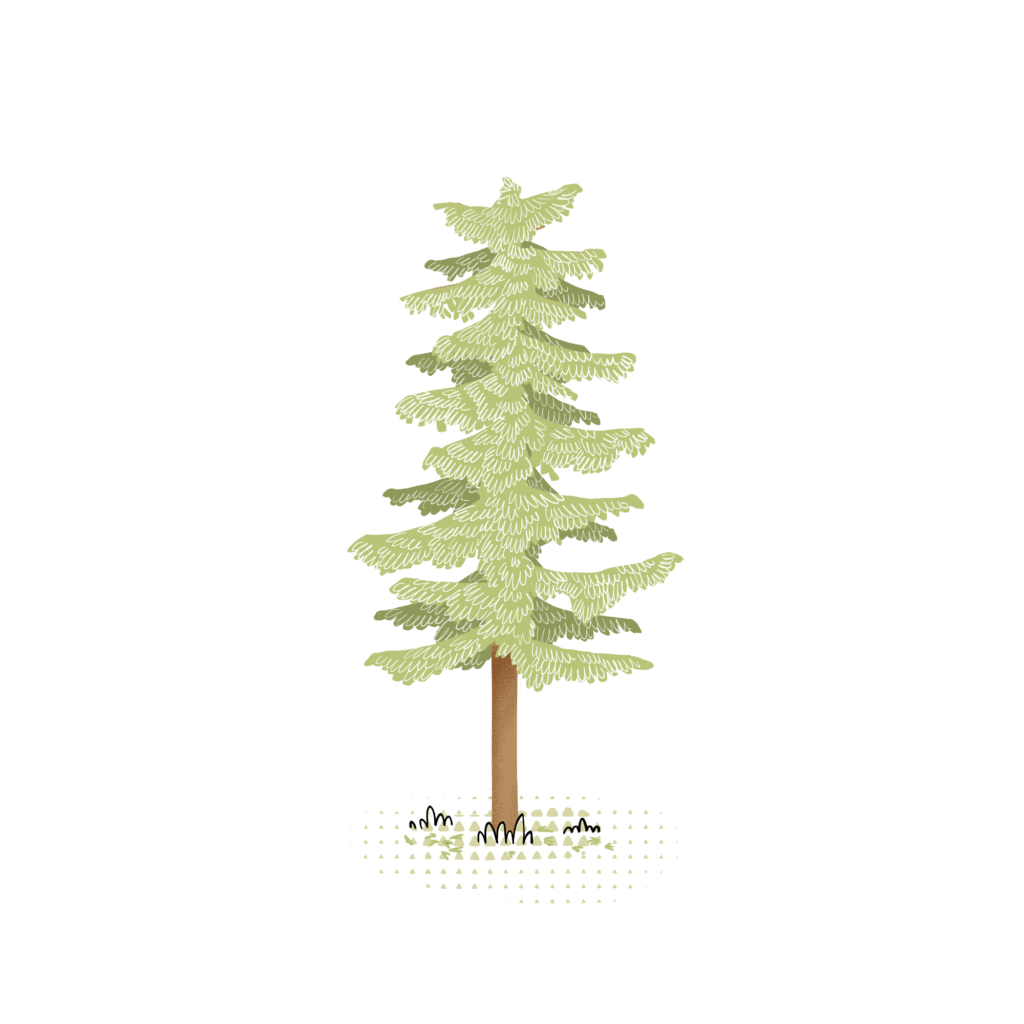
Larch
This conifer, native to the mountains of Central Europe, is known for its resistance to cold weather. Its hard, durable wood makes larch perfect for building houses in the mountains. Always considered a cosmic-spiritual tree, larch is a symbol of rebirth, light and goodness.
Unlike other European conifers, the common larch is a deciduous plant, meaning it loses its leaves during the cold season. When autumn arrives, it undergoes the typical colour change, turning from green to yellow.
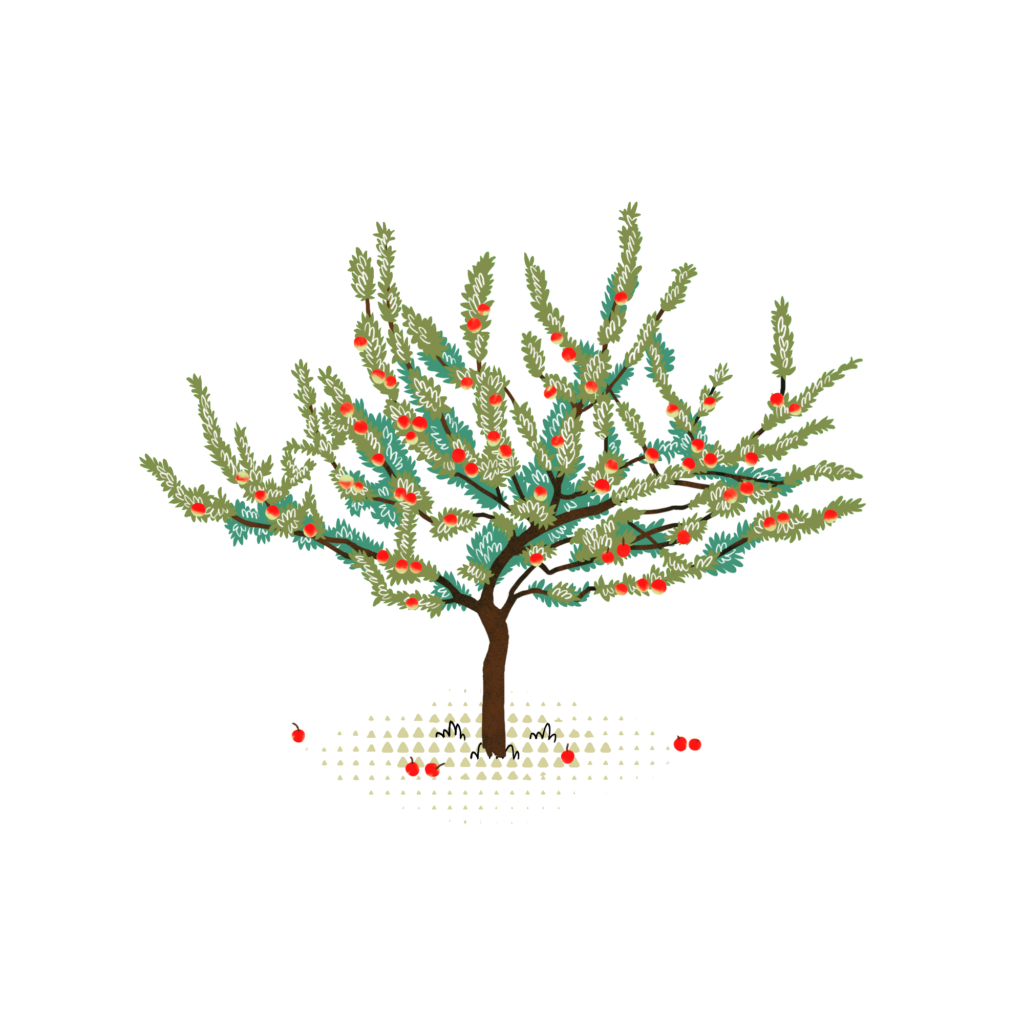
Wild apple tree
Malus sylvestris is a shrub often used in reforestation projects because its tasty fruits attract wildlife. In Celtic culture, it was a symbol of fertility and immortality. Numerous archaeological excavations have shown that humans have been drying wild apples as a winter food supply since the Bronze Age. The fruit of the Tree of Knowledge is an apple, which helps to distinguish between good and evil.
Wild apple trees are easy to recognise in early spring, when they are covered with white or delicate pink flowers, but in autumn they bear fruit that is yellow or red like cherries.
When to go and how to enjoy the experience
The best time to admire the foliage in Italy is from mid-October to mid-November, varying according to altitude. A weekend is all you need to discover woods, lakes and valleys transformed by a different, warmer and more melancholic light. Bring your camera, a water bottle and the desire to slow down: autumn is an invitation to reconnect with nature.
Discover the WOWnature forests
Would you like to support the forests that make this spectacular display of colours possible? On WOWnature, you can adopt a tree and contribute to the growth of new forests in Italy and around the world.






